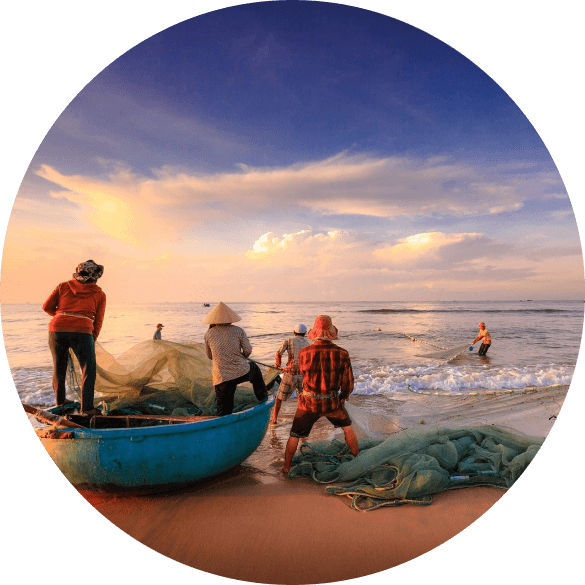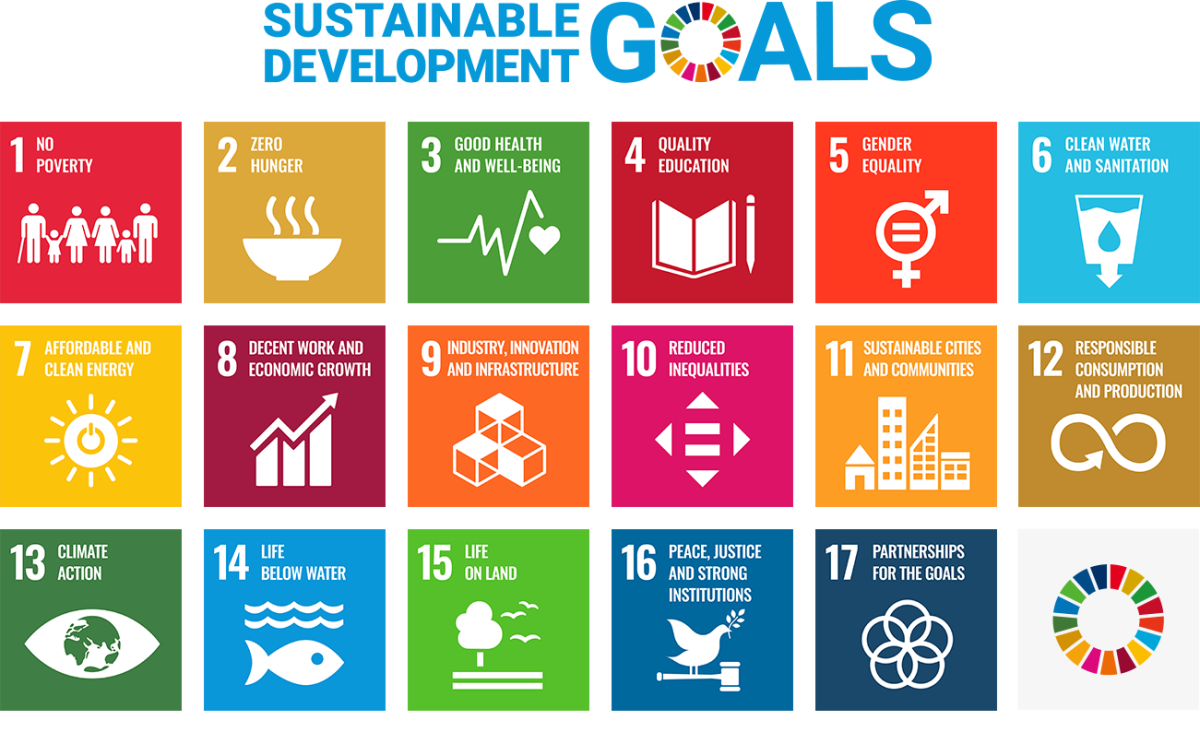What challenges need to be addressed regarding the environmental impacts of blue foods and the safety of consuming blue foods?
Numerous pollutants can find their way into the foods we eat. Blue foods are no exception, and can contain pollutants like PCBs, pesticides, and heavy metals. Health risk is determined by several factors, including the life cycle of a species, its position in the food chain, and its geographic distribution. For example, seafood can accumulate toxins that naturally occur in phytoplankton; antibiotics used in aquaculture can reside in produced seafood and can develop resistance; and coastal fisheries and aquaculture may be at risk from various chemicals and human pathogens when exposed to urban wastewater. Consuming blue foods requires a careful evaluation of the benefits versus the risks: Health, diet, preference, culture, access, and affordability all play a role. Measures to identify and address contamination in blue foods are crucial.
Blue food production can also have significant negative impacts if poorly managed. Some capture fisheries suffer from overfishing and high levels of bycatch, for example, while some aquaculture operations destroy habitat, cause significant pollution, and use large quantities of wild fish for feed. With the right management, however, blue foods can be caught with reduced impacts on biodiversity or grown more sustainably than various terrestrial animal proteins, thus producing lower greenhouse gas emissions and water pollution and using fewer land and water resources.








